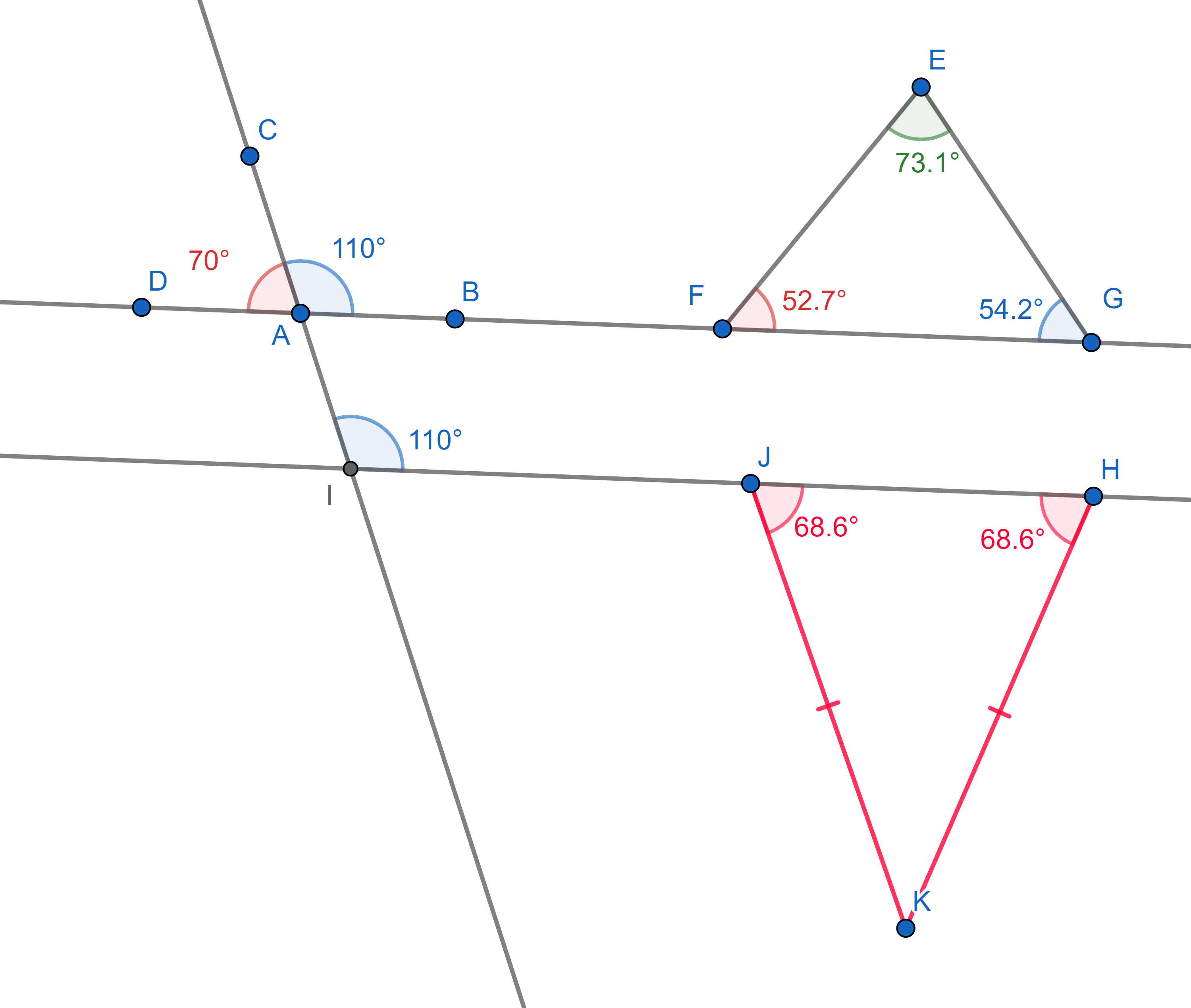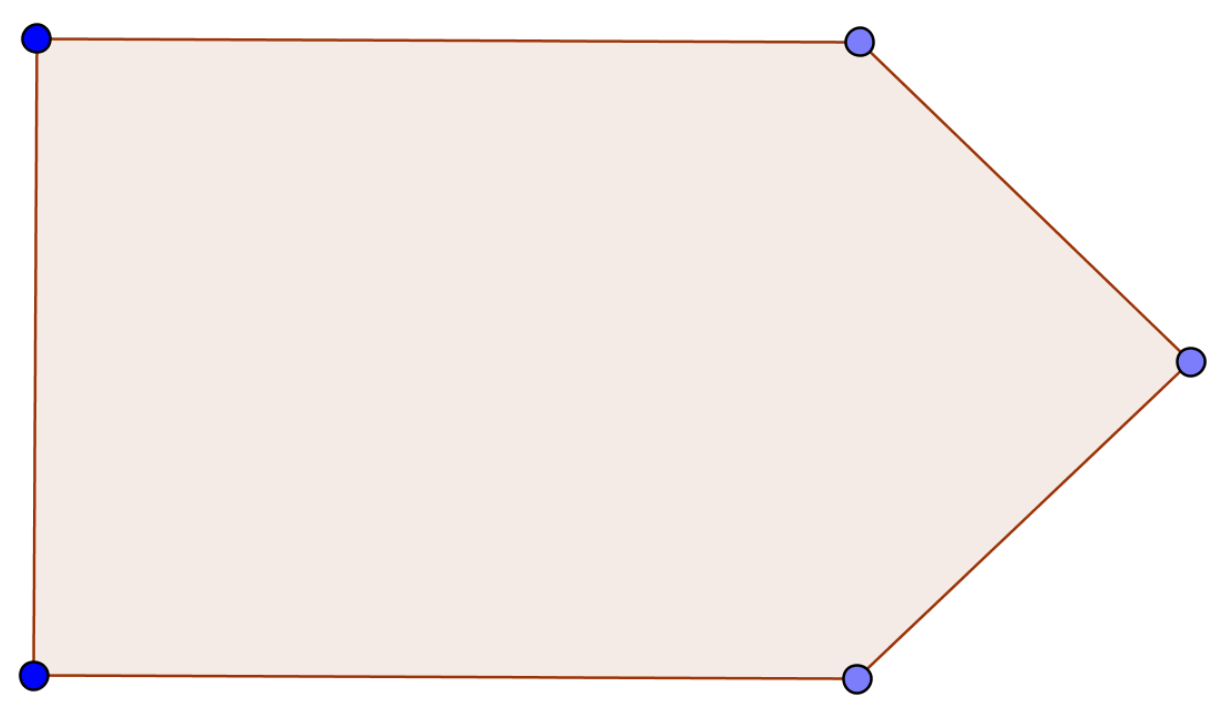Problems
Sometimes a problem describes a certain process and asks you whether a certain result can be achieved through a series of repeated actions. How could we prove that such a result is impossible to obtain? One of the ways is to observe all the properties of the process that do not change after performing some action, or alternatively, properties that change in a predictable way. We call these properties "Invariants".
Coloring is a very neat technique in problems involving boards since
it allows us to simplify the problem a great deal. The important part is
focusing on an adequate subset of the squares, however doing it with
colors is a lot easier.
The kinds of colorings can be very different and there is no general
rule for determining which one is going to solve the problem. There are
some colorings (such as a chessboard coloring) that are frequently used,
but the only way to learn how to use this technique is by solving
several problems of this style.
When the problem is related to pieces covering a certain figure, the
“good colorings” are those that yield an invariant associated with the
pieces. This can be the number of squares of one color they cover, the
number of colors they may use, some parity argument, etc. Coloring is
basically an illustrative way to describe invariants.
One can hardly imagine modern life without numbers, but have you
wondered when and how the numbers were invented? It turns out people
started using numbers about \(42000\)
years BCE supposedly to mark the dates in calendar. But how do we
represent the numbers in writing? Well, there are two ways: examples of
the first abstract numeral systems are generally tallying
systems, the ones where the value or contribution of a digit
does not depend on its position, a good example is the famous Roman
numeral system: \(I\, V\, X\, L\, C\, D\,
M\), here a digit has only one value: \(I\) means one, \(X\) means ten and \(C\) a hundred. However, one might struggle
to express large numbers in Roman system.
Majority of ancient civilisations, Sumerian, Egyptian, Babylonian,
Chinese, Japanese, Indian used what is called positional numeral
systems, where the contribution of a digit to the value of a number is
the value of the digit multiplied by a factor determined by the position
of the digit. All these systems, even when invented independently, have
something in common, they are what is called "base-\(10\)".
Try to guess why do we use the decimal numeral system, which has exactly
\(10\) digits in our everyday use.
Because it does not actually have to be \(10\) digits, it could easily be \(3,8,16\), the binary system (with only
digits \(0\) and \(1\)) is used in all electronic devices,
since it is enough to represent any bit of information we might possibly
know.

Generally, when a line intersects a circle, it creates two different
points of intersection. However, sometimes there is only one point. In
such case we say the line is tangent to the circle. For
example on the picture below the line \(CD\) intersects the circle at two points
\(D\) and \(E\) and the line \(CB\) is tangent to the circle. To solve the
problems today we will need the following theorem.
Theorem: The radius \(AB\) is perpendicular to the tangent line
\(BC\).

Geometry reminder
We call two polygons congruent if all their corresponding sides and angles are equal. Triangles are the easiest sort of polygons to deal with. Assume we are given two triangles \(ABC\) and \(A_1B_1C_1\) and we need to check whether they are congruent or not, some rules that help are:
If all three corresponding sides of the triangles are equal, then the triangles are congruent.
If, in the given triangles \(ABC\) and \(A_1B_1C_1\), two corresponding sides \(AB=A_1B_1\), \(AC=A_1C_1\) and the angles between them \(\angle BAC = \angle B_1A_1C_1\) are equal, then the triangles are congruent.
If the sides \(AB=A_1B_1\) and pairs of the corresponding angles next to them \(\angle CAB = \angle C_1A_1B_1\) and \(\angle CBA = \angle C_1B_1A_1\) are equal, then the triangles are congruent.
The basic principles about parallel lines and general triangles
are:
1. The supplementary angles (angles "hugging" a straight line) add up to
\(180^{\circ}\).
2. The sum of all internal angles of a triangle is also \(180^{\circ}\).
3. A line cutting two parallel lines cuts them at the same angles (these
are called corresponding angles).
4. In an isosceles triangle (which has two sides of equal lengths), two
angles touching the third side are equal.

Today’s topic is inequalities, expressions like \(a\geq b\), or \(a>b\). There are certain rules for operating inequalities: one can subtract the same number from both sides of the inequality, namely if \(a\geq b\), then \(a-b \geq 0\). If \(a \geq b\) and \(b\geq c\), then \(a\geq c\). If a number \(c\geq 0\), then from \(a\geq b\) it follows that \(ac \geq bc\). However, in case of multiplication by a negative number \(c\leq 0\), the inequality sign reverses: from \(a\geq b\) it follows that \(ac \leq bc\). One should also remember that the square of any real number is non-negative.
Draw how Robinson Crusoe should use pegs, ropes, and sliding rings to tie his goat in order for the goat to graze grass in the shape of a square.
Draw how Robinson Crusoe should put pegs and ropes to tie his goat in order for the goat to graze grass in the shape of a parallelogram.
Draw how Robinson Crusoe should put pegs and ropes to tie his goat in order for the goat to graze grass in an area of the following shape:

Draw how Robinson Crusoe should put pegs and ropes to tie his goat in order for the goat to graze grass in the shape of a given triangle.